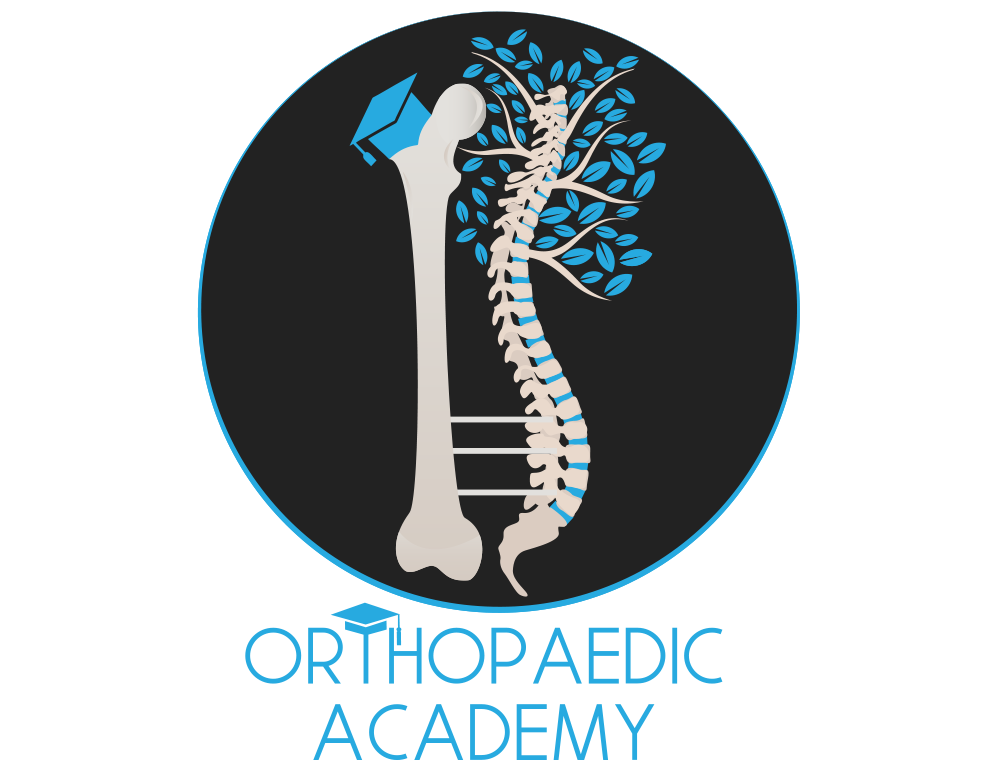Clinical Examination of the Elbow


This step-by-step guide provides a systematic approach to the elbow examination, making it interactive, engaging, and clinically practical.
Step 1: Stand the Patient
Stand the patient in a comfortable position where you can easily access their elbow for inspection and examination.
Step 2: Look
Observe the elbow from all angles. Pay close attention to the carrying angle, which can indicate underlying conditions:
- Increased carrying angle: May be seen in Turner’s syndrome.
- Reduced carrying angle: Known as gunstock deformity, often seen after supracondylar fractures.
- Check for scars or other abnormalities, particularly medially.
Step 4: Feel
Palpation of Key Anatomical Landmarks:
- Place one finger on the medial epicondyle, one on the lateral epicondyle, and one on the olecranon tip.
- Check for tenderness and subluxation of the ulnar nerve by flexing and extending the elbow.
- Rotate the forearm to palpate the radial head.

Step 3: Move
Range of Motion (ROM) Assessment:
- Extension and Flexion: Ask the patient to extend both elbows and then to flex them, comparing sides.
- Pronation and Supination: Ask the patient to keep elbows by their side, hold a pencil or point their thumb upwards, and then rotate their forearms. Compare both sides.
Evaluate Symmetry of the Elbow:
- In extension, the medial and lateral epicondyles and the olecranon should form a straight line.
- In 90 degrees of flexion, these points form an isosceles triangle.
Step 5: Provocative Tests
Tests to Identify Specific Conditions:
- Golfer’s Elbow (Medial Epicondylitis):
- Ask the patient to flex their wrist against resistance.
- Positive sign: Increased pain in the region of the medial epicondyle.
- Tennis Elbow (Lateral Epicondylitis):
Step 6: Instability Tests
Stability Testing of Collateral Ligaments:
- Medial Collateral Ligament:
- Lock the shoulder by externally rotating it.
- Slightly flex the elbow and apply a valgus force.
- Lateral Collateral Ligament:
- Lock the shoulder by internally rotating it.
- Slightly flex the elbow and apply a varus force.
Postero-Lateral Rotatory Instability:
- Note: Usually not required in clinical exams due to its painful nature.
- Procedure (Performed with the patient supine):



